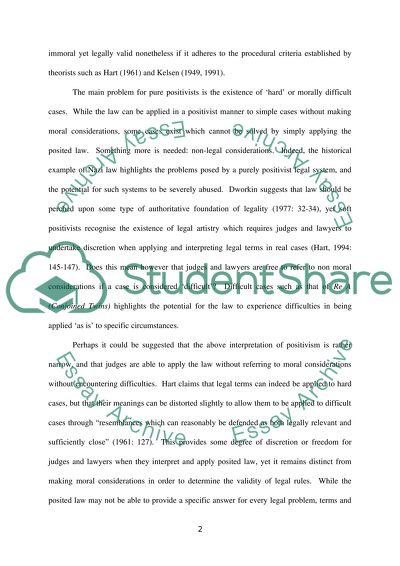Cite this document
(“The Application of Positive Law: a Moral Process Essay”, n.d.)
The Application of Positive Law: a Moral Process Essay. Retrieved from https://studentshare.org/law/1436517-jurisprudence
The Application of Positive Law: a Moral Process Essay. Retrieved from https://studentshare.org/law/1436517-jurisprudence
(The Application of Positive Law: A Moral Process Essay)
The Application of Positive Law: A Moral Process Essay. https://studentshare.org/law/1436517-jurisprudence.
The Application of Positive Law: A Moral Process Essay. https://studentshare.org/law/1436517-jurisprudence.
“The Application of Positive Law: A Moral Process Essay”, n.d. https://studentshare.org/law/1436517-jurisprudence.


